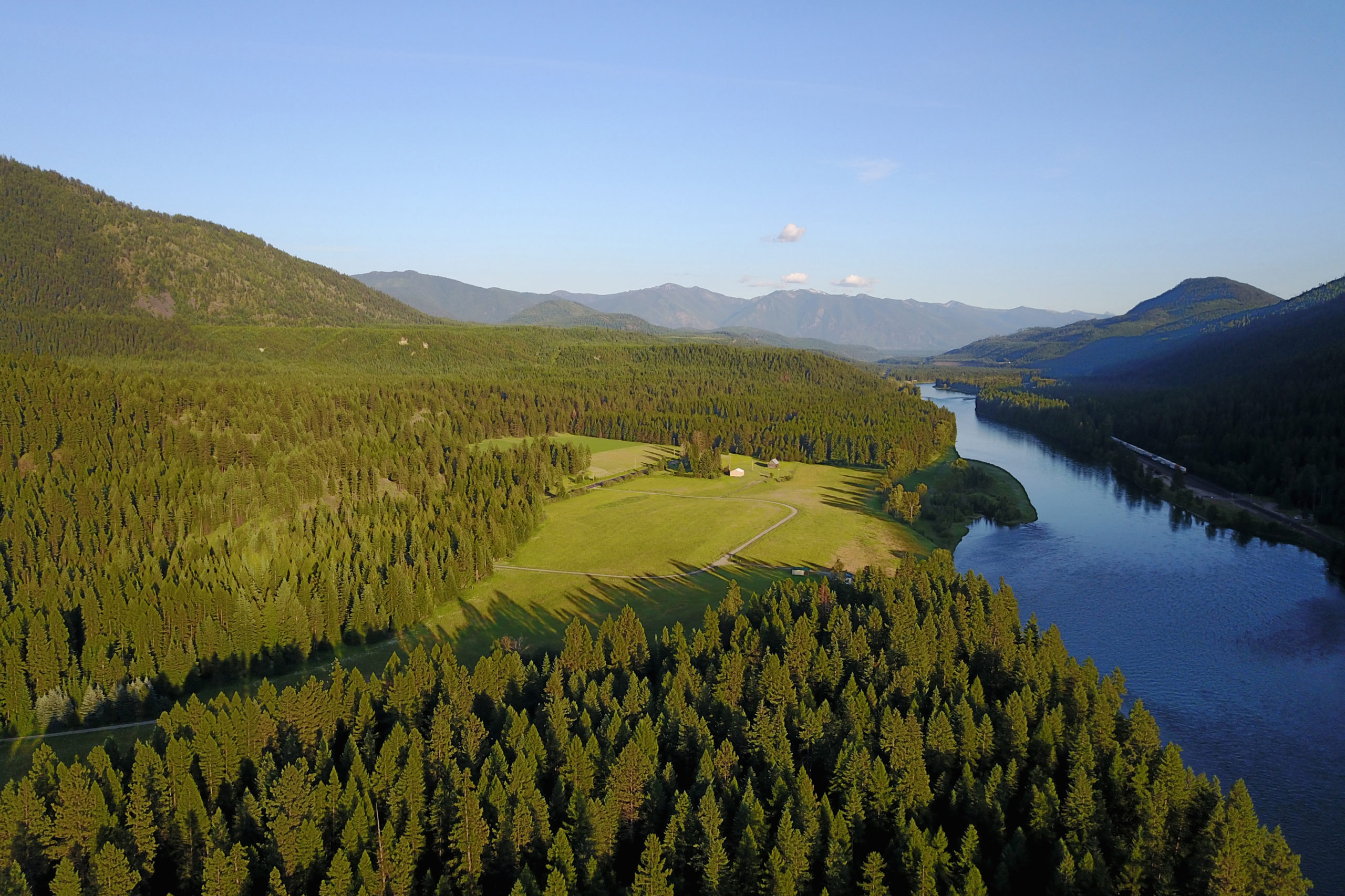Tucked into the northwestern corner of Montana, the timber-rich Kootenai River corridor linking the Cabinet and Purcell mountain ranges near Troy doesn’t benefit from the conservation strongholds of a national park or large wilderness area.
Without those protections in place, state and federal bear managers have waged an uphill battle for three decades to reestablish a sustainable grizzly population in the Cabinet Mountains and Yaak River area, bolstering the population and its genetic diversity by augmenting it with 22 transplanted grizzlies since 1990.
The augmentation program continues to be a conservation success in an ecosystem that saw its grizzly bear population nearly vanish 30 years ago. In 1988, biologists estimated fewer than 15 grizzly bears remained in the Cabinet-Yaak, which spans approximately 1,000 square miles in the Yaak River drainage and 1,620 square miles in the Cabinet Mountains.
Today, the Cabinet-Yaak holds about 55 grizzly bears in the remote mountains along the Canadian border with Montana, a fragile population that is dwarfed by the bears of the Northern Continental Divide Ecosystem, which has an estimated 1,000 grizzlies in the mountains between Glacier National Park and Missoula.
In the Cabinet-Yaak, where the grizzly bear population is currently listed under the Endangered Species Act as a threatened species, biologists say the future of grizzly bear conservation hinges in large part on completing critical habitat linkages connecting the two mountain ranges.
U.S. Highway 2 tracks along the Kootenai River through the middle of the ecosystem, a geographic waistline that splits the area in two, separating the Cabinet and Purcell mountain ranges and limiting the genetic exchange of breeding bears.
Since 2012, connecting the Cabinet-Yaak’s grizzlies, and its other threatened wildlife species, has figured prominently into the ambitious Wild River Project, with biologists from multiple agencies and jurisdictions pinpointing the corridor as crucial ground for private-land conservation to avoid further development and subdivision of the parcels.
To that end, Montana Fish, Wildlife and Parks is seeking public comment on a proposal to purchase a conservation easement that would protect approximately 50 acres of fish and wildlife habitat along the Kootenai River northwest of Troy, where pressure from development looms large.
“The factors affecting grizzly bears and other wide-ranging species such as Canada lynx, wolverine, and fisher in northwest Montana are largely related to human development, in particular loss of seasonal habitat due to development on private lands in the lowlands,” according to FWP’s conservation proposal. “There is recent evidence indicating that the Cabinet-Yaak grizzly population is fairly isolated genetically, potentially only being sustained due to efforts by the [U.S. Fish and Wildlife Service] and FWP to augment the population. Therefore, protecting linkage areas is important in order to improve connectivity between grizzly bear recovery zones.”
The property is owned by The Vital Ground Foundation, which has been working over the last several years to protect it from residential development. The project is part of an area identified by biologists as the best linkage corridor for grizzly bears between the Purcell and Cabinet Mountains in the Cabinet-Yaak grizzly bear recovery area. FWP conserved a large portion of the linkage in 2012 with a 28,000-acre conservation easement in the Kootenai Valley, and Vital Ground is working to conserve the remaining gaps in the area.
The project would dovetail with an ongoing collaborative effort between FWP and Vital Ground to help conserve the property and its riparian and upland habitat.
“Vital Ground would continue to own and manage the land while FWP would hold a conservation easement that would preclude future residential or commercial development and ensure the property is managed to benefit fish and wildlife habitat in perpetuity,” according to Kali Becher, the land steward for Vital Ground’s conservation project.
Public access to the property would be allowed for fishing and bird watching opportunities, but the conservation easement would not require Vital Ground to provide hunting access due to the property’s small size and the proximity to U.S. Highway 2 and neighboring residences. Following completion of the draft environmental assessment and review of the public comments, FWP Region 1 Supervisor Jim Williams will issue a decision notice that makes a recommendation to the Fish and Wildlife Commission on a course of action.
The commission will make the final decision on which course of action to take on April 23.
The public comment period began Jan. 29 and runs through Feb. 17. A decision notice will be published Feb. 21.
A copy of the draft environmental assessment is available at the FWP Region 1 office, 490 N. Meridian Rd., Kalispell; Montana State Library, 1515 E 6th Ave., Helena; FWP State Headquarters, 1420 E 6th Ave., Helena; the FWP website at http://fwp.mt.gov/news/publicNotices/; and is available for viewing at local libraries.
